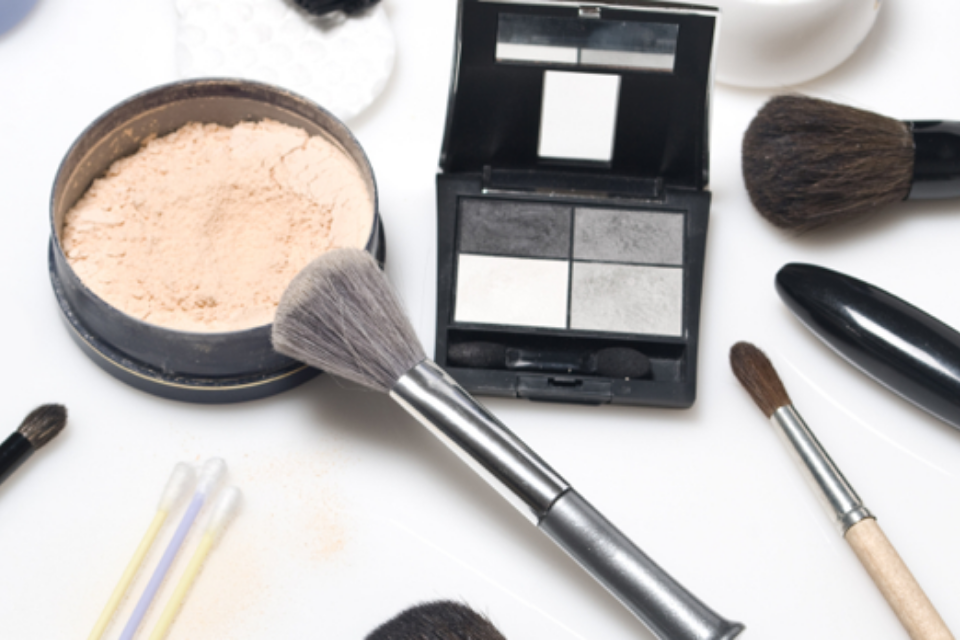 Ingredient safety in cosmetic products is not heavily regulated by state or federal government. In the 1970s, legislation was nearly enacted that would require premarket safety testing for cosmeceuticals, however, this did not pass Congress. As a result, the Food and Drug Administration (FDA) only requires manufacturers to garner information regarding ingredient safety, a conflict of interest that oftentimes leads to misleading results. The FDA has neither the funding nor the resources to police manufacturers’ reporting, especially overseas, leading to an even greater lack of safety oversight.
Ingredient safety in cosmetic products is not heavily regulated by state or federal government. In the 1970s, legislation was nearly enacted that would require premarket safety testing for cosmeceuticals, however, this did not pass Congress. As a result, the Food and Drug Administration (FDA) only requires manufacturers to garner information regarding ingredient safety, a conflict of interest that oftentimes leads to misleading results. The FDA has neither the funding nor the resources to police manufacturers’ reporting, especially overseas, leading to an even greater lack of safety oversight.
Since the cosmetic industry is primarily self-monitored, a number of questionable ingredients have made it to the open market with questionable safety records. Over the last decade, several ingredients found within cosmetics have been identified as carcinogenic, for example, Blue No. 1, by independently-funded health watch organizations. Other ingredients like ethoxyethanol have been found toxic to developing fetuses when used in pregnant women. These have been removed from the market, but significant threats still remain. Parabens and formaldehyde, ingredients with extensive data suggesting a link to breast and throat cancers, respectively, are still permitted by the FDA to be used in various cosmetic preparations!
The Environmental Working Group (EWG), an independent non-profit health organization, has championed the cause to remove potentially unsafe ingredients from common over-the-counter products. The EWG has developed an extensive database from in an effort to insure the safety of every one of our products. This database lists thousands of ingredients commonly found in cosmetic products and rates each one for safety.
In addition to directly caustic ingredients, there are myriad substances that create irritancy and allergy within our skin’s active immune system. These ingredients may not be cancer-causing, but they can still create tremendous inflammation, especially among my younger patients or those with sensitive skin. For example, propylene glycol found in over 10,000 beauty products, is a known skin irritant that often leads to severe redness, flaking, and itching of the skin.
It is important to select ingredients in over-the-counter products that are safe not only from an FDA perspective, but also a dermatologic one. Choose ingredients that have a dedicated safety record both within the FDA, the cosmetic industry, and independent health groups such as the EWG. Then pare these down further to remove items that dermatologists find problematic for patients because of high skin irritancy and allergy. Your result will be a daily skin care regimen that delivers the latest in dermatologic science to your skin, powerfully yet gently, so you see results in your skin quickly and safely.
Ingredients to Avoid at All Costs
The following is a brief list of agents that dermatologists find offensive because of poor safety data or high potential for irritancy. When choosing a beauty aid, please look at your product’s ingredient list and avoid the following:
• Propylene glycol
• Lavender Oil
• Ylang-Ylang Oil
• Sodium Lauryl Sulfate
• Parabens
• Diazolidinyl Urea
• Imidazolidinyl Urea
• Triethanolamine
• PEG-100 Stearate
• Eugenol